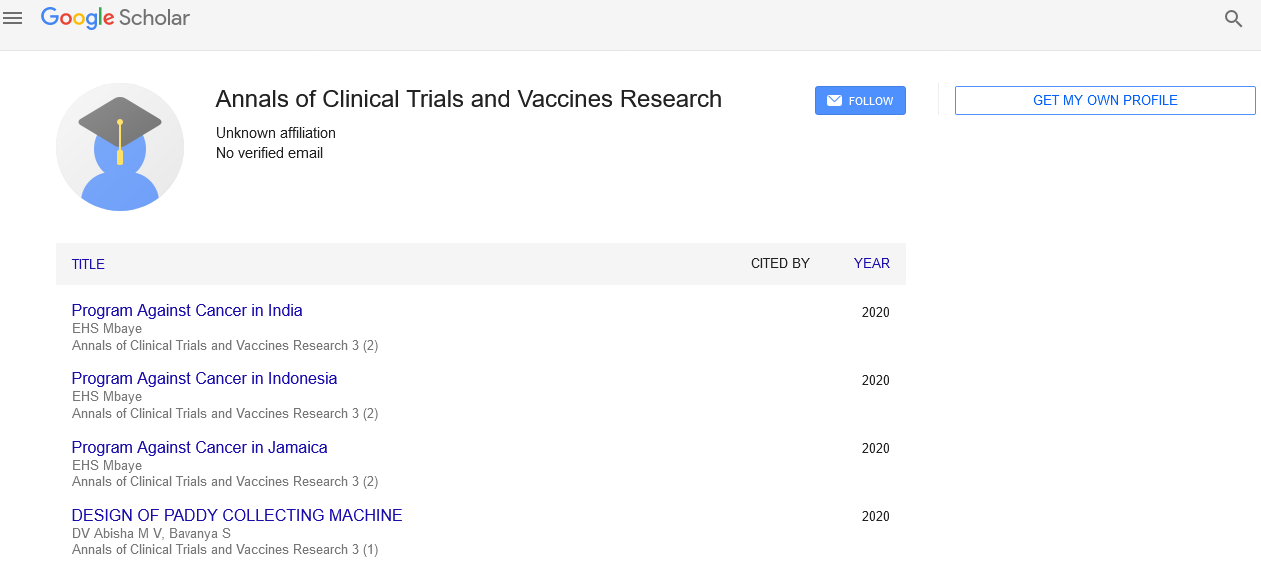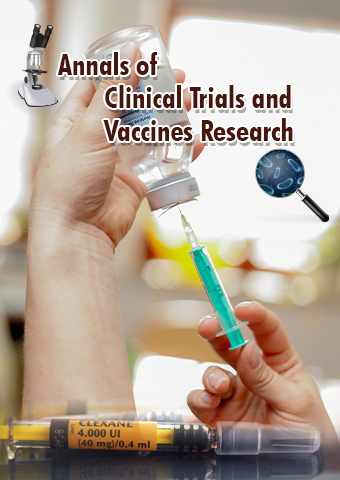Perspective - Annals of Clinical Trials and Vaccines Research (2024) Volume 14, Issue 5
The Drug Filtration Process: A Critical Step in Pharmaceutical Manufacturing
- Corresponding Author:
- Leinrk Dorvitov
Department of Pharmaceutics,
Zamosc University,
Zamosc,
Poland
E-mail: leinDorvit@gmail.com
Received: 27-Sep-2024, Manuscript No. ACTVR-24-148951; Editor assigned: 02-Oct-2024, Pre QC No. ACTVR-24-148951 (PQ); Reviewed: 16-Oct-2024, QC No. ACTVR-24-148951; Revised: 21-Oct-2024, Manuscript No. ACTVR-24-148951 (R); Published: 28-Oct-2024, DOI: 10.37532/ ACTVR.2024.14(5).278-279
Introduction
Drug filtration is a fundamental process in pharmaceutical manufacturing, crucial to ensuring the safety, efficacy, and quality of medicinal products. It involves the separation of unwanted particulates, bacteria, and other impurities from the drug solution to produce a sterile final product suitable for human use. As drug manufacturing standards are highly regulated by bodies such as the Food and Drug Administration (FDA) and European Medicines Agency (EMA), filtration plays a pivotal role in meeting these stringent requirements. In this article, we will explore the intricacies of the drug filtration process, its importance, types of filtration methods, and challenges faced by manufacturers in optimizing this critical step.
Description
Importance of filtration in drug manufacturing
Filtration is essential in pharmaceutical production for multiple reasons. First, it ensures the removal of contaminants such as bacteria, endotoxins, and particulate matter that can compromise the drug’s safety and purity. Any impurities left behind can affect the drug’s effectiveness or even pose significant health risks to patients. For example, endotoxins, which are toxins released by bacteria, can lead to severe immune responses, including fever, shock, or even death in patients if present in injectable drugs.
Additionally, filtration is used to maintain the chemical and physical stability of the drug formulation. This helps in extending the shelf life of the drug, which is important for global distribution and long-term storage. Filtration also plays a role in ensuring that drugs maintain their correct concentration and potency, ensuring consistent therapeutic effects across different batches.
The filtration process is not only limited to liquid formulations such as injectables, but also applies to semi-solids, such as ointments, and even gases used in inhalable drugs. In all these cases, removing contaminants during manufacturing is critical to delivering high-quality, safe medications.
Types of filtration methods
There are several filtration methods employed in the pharmaceutical industry, each suited to specific types of drugs and manufacturing needs. The choice of method depends on factors such as the nature of the drug, its viscosity, the size of the particles to be removed, and the sterility requirements. Below are the primary filtration techniques used in drug manufacturing:
Microfiltration: Microfiltration is commonly used for the separation of bacteria and other microorganisms from drug solutions. This method uses filters with pore sizes typically ranging from 0.1 to 10 micrometers (μm). Since most bacteria are larger than 0.2 μm, microfiltration is highly effective in ensuring sterility in drug formulations. However, this method does not remove smaller particles, such as viruses or proteins, which require more specialized filtration techniques:
Microfiltration is often employed at the final stage of manufacturing, particularly in injectable drugs, where the risk of bacterial contamination is high. It is also used in the production of vaccines, biologics, and other sensitive products where sterility is paramount.
Ultrafiltration: Ultrafiltration is a process that separates particles based on size, using membranes with pore sizes ranging from 0.01 to 0.1 μm. This method is commonly used to concentrate or purify proteins, enzymes, and other biologically active molecules in drug formulations. It is also employed to remove endotoxins and other smaller impurities that microfiltration cannot eliminate.
Ultrafiltration is critical in the manufacturing of biologic drugs, such as monoclonal antibodies, which are sensitive to heat and chemicals. It allows for the gentle removal of impurities without compromising the integrity of these complex molecules.
Nanofiltration: Nanofiltration is a highly selective process that can separate small organic molecules, viruses, and ions from the drug solution. The pore sizes used in nanofiltration membranes typically range from 1 to 10 nanometers (nm). This method is especially useful in removing viruses from biologic products and ensuring the highest levels of purity and safety.
Nanofiltration is particularly important in the production of plasma-derived therapeutics, such as immunoglobulins, where viral contamination poses a significant risk to patients.
Depth filtration: Depth filtration involves passing the drug solution through a thick layer of porous material that traps particles within the filter matrix. This method is often used in conjunction with other filtration techniques to provide an additional layer of protection against contaminants. Depth filters are effective in removing larger particles, such as cell debris or precipitates, from the drug solution.
This filtration method is often used during the early stages of drug production, particularly in the clarification of cell cultures or fermentation broths in biologic drug manufacturing.
Sterilizing filtration: Sterilizing filtration is a critical step in ensuring the sterility of liquid drug formulations, particularly injectables and ophthalmic solutions. This method uses membranes with pore sizes of 0.22 μm or smaller to remove bacteria and other microorganisms from the solution. The filters used in sterilizing filtration are validated to ensure that they provide absolute removal of contaminants, making the drug safe for patient use.
Sterilizing filtration is typically performed just before the drug is filled into vials or syringes, ensuring that the final product is free from any microbial contamination.
Conclusion
The drug filtration process is a critical step in pharmaceutical manufacturing that ensures the safety, purity, and efficacy of medicinal products. With various filtration methods available, manufacturers can tailor the process to suit the specific requirements of each drug formulation. However, challenges such as filter fouling and maintaining drug integrity require careful consideration and optimization. By addressing these challenges and adhering to regulatory standards, manufacturers can ensure that patients receive high-quality, safe, and effective medications.

